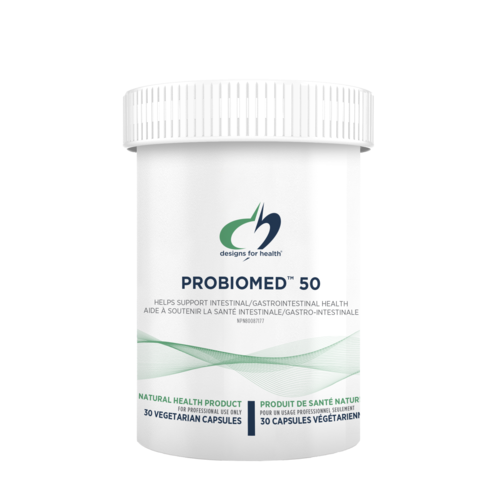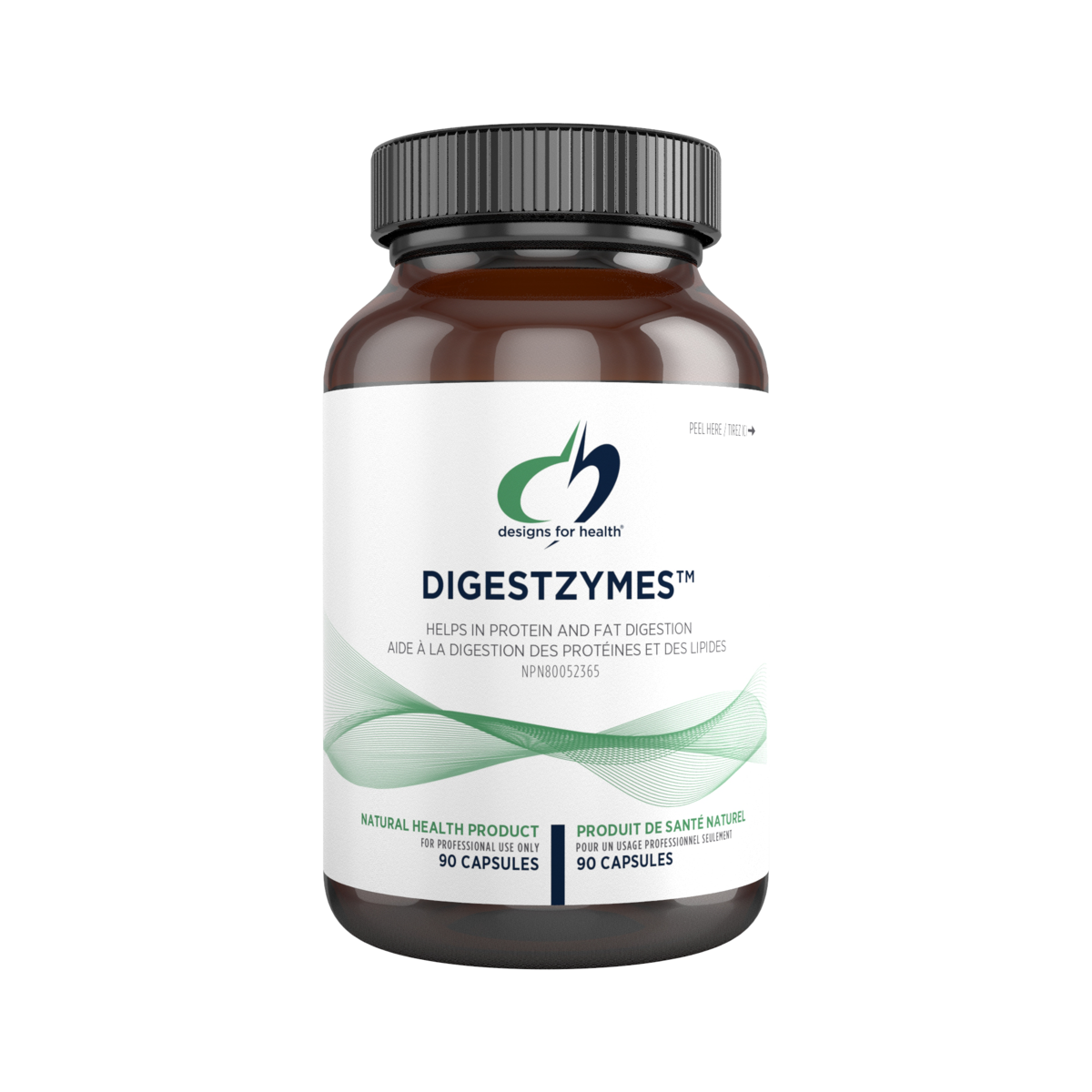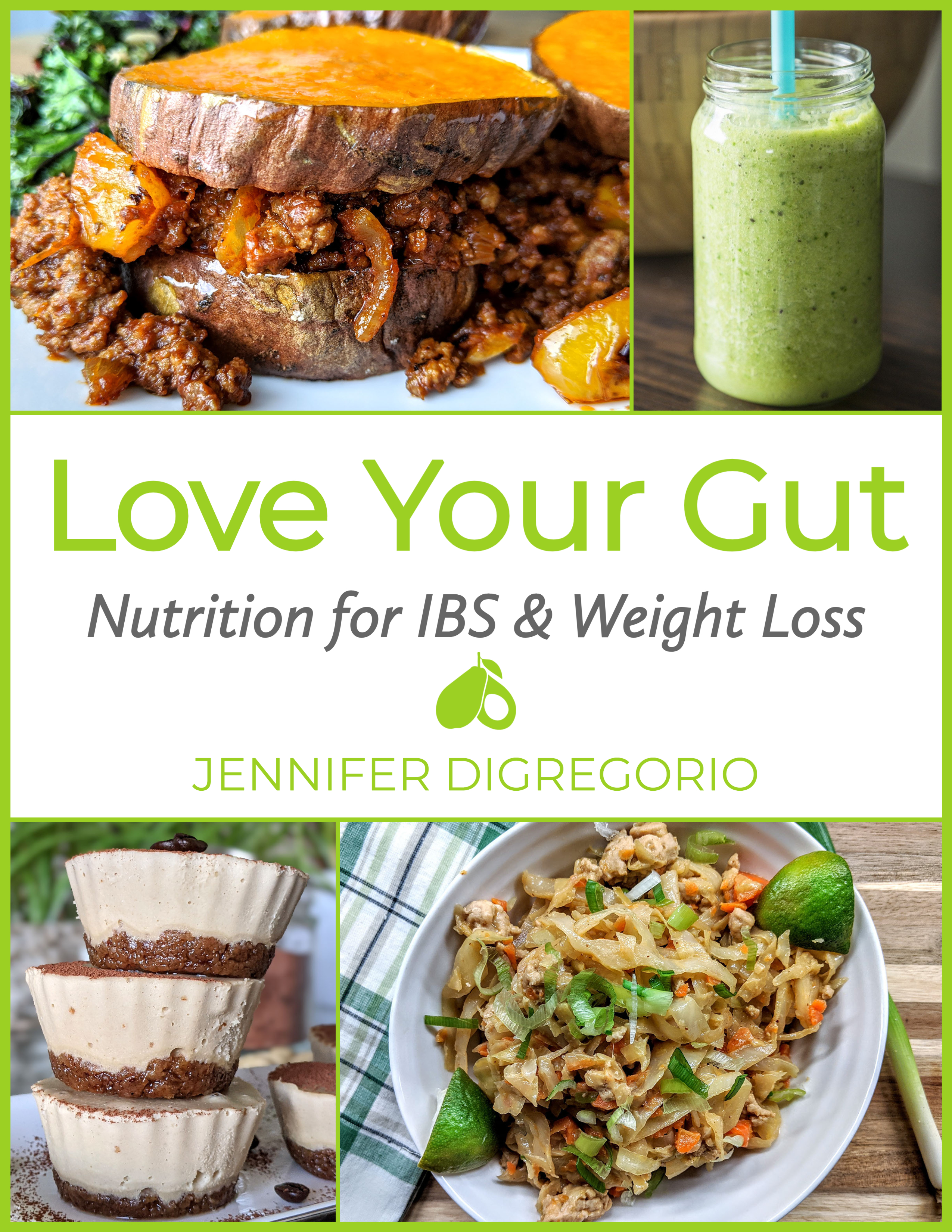Have you come across information that talks about the dark side to green smoothies?
Maybe you’ve heard about how too many raw green vegetables can cause things like kidney stones and thyroid dysfunction?
Are you concerned that your green smoothies are doing more harm than good?
As always, I’m here to help bring clarity to any confusing topics around smoothies so you can continue to enjoy your delicious and nutrient-rich smoothies without worry.
In this article I’ll talk about the top 3 reasons why consuming large amounts of vegetables may not lead to optimal health and practical tips to ensure your smoothies are safe and healthy.
REASON # 1: Thallium
A toxic heavy metal found in cruciferous vegetables like kale, broccoli and cabbage.
How to reduce your exposure to thallium: Use only organic cruciferous vegetables in your smoothies. Organic farms have soils that are rich in carbon-based matter which obstruct the transfer of thallium into plants.
The takeaway here is that organic produce may contain lower levels of heavy metals, like thallium, compared to produce from conventional farms, resulting in a healthier green smoothie.
REASON # 2: Goitrogens
Naturally occurring plant chemicals found in cruciferous vegetables that can lower thyroid function by inhibiting iodine uptake.
How to reduce your exposure to goitrogens: With plant chemicals the poison tends to be in the dose. Consuming large amounts of raw cruciferous vegetables can lead to issues such as reduced thyroid function in this case. It’s much easier to consume large amount of raw vegetables when they are blended or juiced which is why this is a hot topic in the smoothie world.
The best way to reduce your exposure to goitrogens is to avoid eating/drinking raw cruciferous vegetables in excess. What is excess? Think of how much vegetable you would consume in whole-food form (not juiced or blended) in a given meal – this is a safe and reasonable amount to be adding to your smoothie. For most, this amount would be around 1-1.5 cups.
Another way to reduce your exposure to goitrogens (while still preserving the nutrients in your greens) is to slightly cook/steam your cruciferous vegetables. Cooking these vegetables stimulates the production of an enzyme that helps to deactivate goitrogens. If you decide to add slightly cooked vegetables to your smoothies, I recommend cooking, cooling and freezing large batches at a time to make the process time-friendly and sustainable.
REASON # 3: Oxalates
Plant-based compounds found in a variety of vegetables and fruits (high amounts are found in spinach, chard, dandelion greens, beets, collard greens, berries, broccoli, cabbage, and carrots) that may promote kidney stone formation and inflammation.
How to reduce your exposure to oxalates: Similar to goitrogens, the best way to reduce exposure to oxalates would be to not over-consume these vegetables.
Another effective way to reduce oxalate exposure would be to rotate the variety of greens you use in your smoothie. So, if you tend to always use spinach in your smoothies try some low oxalate greens like mustard greens, watercress, and lettuce; this may help prevent oxalate overload.
In addition, incorporating probiotics and fermented foods into your diet to help restore beneficial gut bacteria may assist in the breakdown of oxalate, since several probiotic species have been found to degrade dietary oxalate.

To sum things up, here are a few practical tips to help you avoid heavy metals and plant chemicals/compounds found in vegetables, so you can continue to enjoy your smoothies and all the benefits that come with them:
- Use organic fruits and vegetables (fresh or frozen).
- Limit the amount of raw vegetables in your smoothie to 1 cup.
- Rotate your vegetables and try new ones – like mustard greens, watercress and lettuce. Use different recipes like the ones found in my smoothie e-book to help inspire new ideas and flavours.
- Slightly cook and cool (and freeze if you’d like) your vegetables before adding them to the blender.
- Add a quality probiotic and/or fermented foods to your diet.
- Switch it up – 1-2 days/week replace your green smoothie with another nutrient-rich meal like eggs with fresh tomatoes and avocado–one of my favourites!
I hope you found this information to be helpful. Feel free to reach out to me with any questions or concerns in the comments section below.
IMPORTANT NOTE: The smoothies found in my Quick-Start Guide To Smoothies and my 7-Day Smoothie Challenge are safe and healthy for most people since large quantities of vegetables and fruits are not being used. That being said, I encourage you to enjoy these nutrient-dense smoothies while putting into practice my above recommendations (in particular if you are dealing with issues surrounding your thyroid, kidneys or other health concerns). Chat with your health care provider if you’re uncertain if smoothies are right for you.
















0 Comments